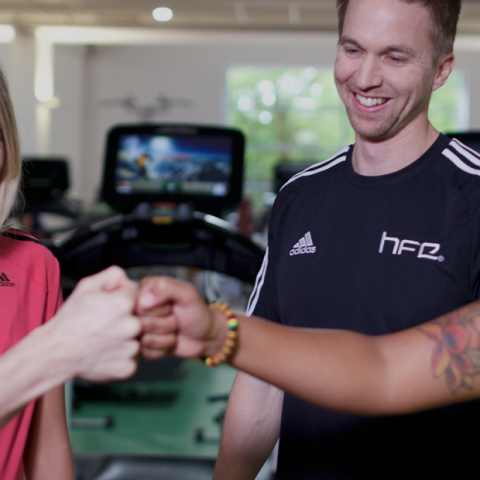Exercise machines and products to achieve washboard abs are ever popular, with optimistic Brits spending around £260m a year on home fitness gadgets, according to figures from Nuffield Health. Yet, new US research suggests the traditional crunch might be a better option if your goal is to target and tone your abdominal area.
The American Council on Exercise (ACE) commissioned exclusive research from experts at the University of Wisconsin-La Crosse to evaluate the effectiveness of the most popular equipment and exercises, when compared to the traditional crunch.

“We spent a considerable amount of money on abdominal exercise equipment to basically show that you can effectively train the abs at home for free,” said Edward Stenger, who led the research team alongside John Porcari. “Everything else is arguably a waste of money from this standpoint.”
A wide variety of popular exercise equipment was used as part of the comparative research. This included the Ab Circle Pro, Ab Roller, Ab Lounge, Perfect Sit-Up, Ab Coaster, Ab Rocket, Ab Wheel and Ab Straps, as well as exercises including the yoga boat pose, stability ball crunch, decline bench curl-up, captain’s chair crunch, bicycle crunch, side plank and front plank.
Electromyography (EMG) was used to identify a baseline of abdominal strength among all the participants – eight males and eight females, aged 18-24. Electrodes were placed on the upper and lower rectus abdominis, external obliques and the rectus femoris to measure each participant’s maximum voluntary contraction as they used each piece of equipment and performed each bodyweight exercise.
Researchers found none of the moves elicited greater muscle activation than the traditional crunch. The Ab Wheel, Ab Circle Pro, side plank and front plank all had significantly lower muscle activation in the upper rectus abdominis, when compared to the traditional crunch. And for the lower rectus abdominis, the Ab Circle Pro, side plank and front plank also all had significantly lower muscle activation than the crunch.

“Obviously, lying on the ground doing the traditional crunch is not appropriate for everyone,” added, Stenger. “But for the average person who wants to work his or her abdominal muscles to get stronger, have less back pain and get better health benefits – all you need to do is get a comfortable spot on the floor, lie down and do some crunches.”
Putting the results of the comparison to one side, ACE’s chief scientific officer, Cedric Bryant, said: “It’s important to keep in mind that there is no single abdominal exercise that challenges all the abdominal muscles in the safest and most effective way. For example, some exercises like the planks help to promote the development of core stability, despite their relatively modest levels of muscle activation as examined in this study.”
Previous research from Nuffield Health found the average home exerciser spends £235 on equipment that doesn’t get results, with each person owning four items on average. The research found fewer than a third (31 per cent) of the 2,000 UK adults surveyed achieved what they set out to.


